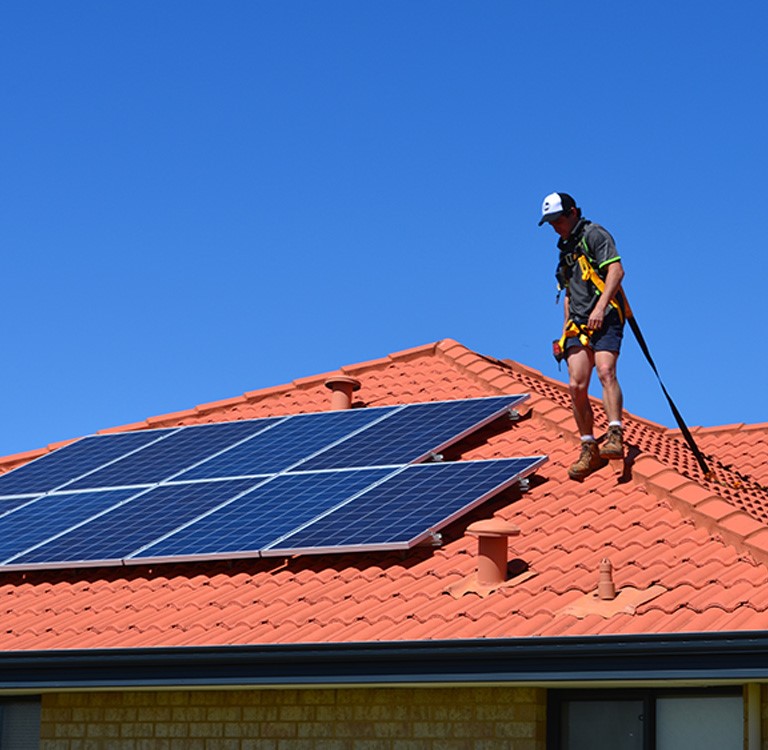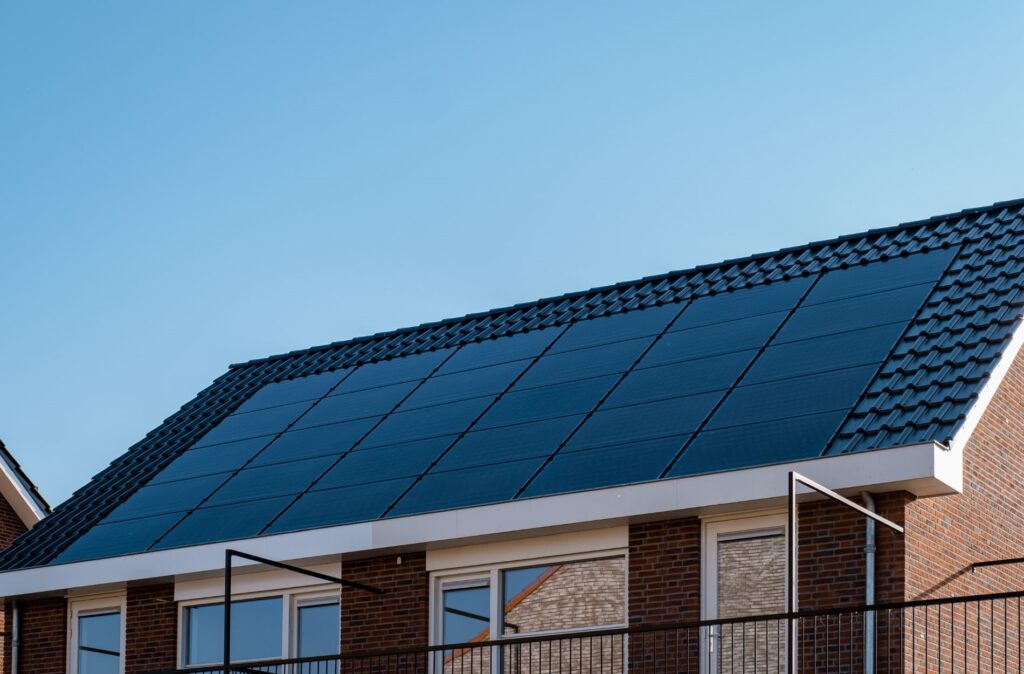
Solar power panel installation has emerged as the practical means to cut down on your energy bills and provide you with a sense of relief that you can independently fulfil your energy needs. But as you embark on this project, you will encounter hundreds of things you might have never seen or heard. This blog can work as an opening move to guide you through the essential steps, considerations, and tips to make your solar power panel installation experience smooth and successful.
Solar panels for home mean your home can generate renewable energy, which eventually means you will rely less on the grid. You can use the energy generated through solar systems in all your household works, including powering your home appliances, heating water, running the air conditioning system, and even selling excess energy back to the grid for added savings.
With countless benefits of solar power panel installation, approximately 30% of homes in Western Australia have already adopted them- demonstrating that they’re not just a passing trend—they are here to stay. Dive into the blog now if you’re planning to switch to a solar system for your energy needs!
How do solar systems work?
The first step towards installing the solar panel is to, understand how it works.
Fundamentally, the role of a solar power panel system is to convert solar energy into usable electrical energy that can be used to power your home. To do this job, there are several key components involved, which include:
- Solar Panels: Constituting photo-voltaic cells, these are used to collect and store solar energy.
- Inverter: Solar panels generate energy in the form of DC (Direct Current). However, most home appliances use energy in the form of AC (Alternating Current). Therefore, the DC electricity is converted into AC electricity with the help of solar panel inverters.
- Battery Storage (Optional): Batteries can be used to store excess energy for future use. However, if the total amount of power generated is equal to what’s being consumed, there’s no need to have battery storage.
Benefits of solar power panel installation
Cut down electricity bills: One of the dominant reasons why homeowners are turning to solar power panel installation is because it significantly reduces energy bills. In fact, it allows you to make a side income by selling excess energy back to the grid.
Sustainability: For people who are cautious about the well-being of the environment, but don’t know how to start, solar panel installation can be the answer! It offers them peace of mind that they’re not using non-renewable energy sources to meet their energy needs.
Independence: When the whole society is enduring a power outage, homes with solar panels installed, continue to generate and use their electricity, ensuring uninterrupted power supply.

Types of solar panel installation
Grid-Connected Solar Panel Installation: Also known as an on-grid and grid-tied system, it is directly linked to the local power grid. It allows homeowners to utilise solar power energy during the day, while still having access to electricity from the grid when the solar panel system is not producing sufficient energy. It also gives the chance to homeowners to send the excess energy back to the grid.
Off-Grid Solar Panel Installations: Ideal for remote locations, this type of solar panel installation is independent of the grid. This system utilises batteries to store the excess energy and use it in the future.
Hybrid Solar Panel Installations: These constitute the characteristics of both grid-connected and off-grid solar panel systems including the connection to the grid as well as battery storage.
What size solar system is sufficient for my home?
After settling upon the type of solar panel installation for your home, the next big thing is to determine the size and capacity of solar panel systems that can be suitable for your home’s energy needs.
To begin, you need to first assess your home’s energy needs. On average, homeowners in Australia use around 18-20kW/h per day, depending on the size of the household and lifestyle factors such as appliance use and air conditioning. Therefore, with the right knowledge of your energy needs, you can get a solar system that reduces your dependency on the grid and decreases your energy bills.
Generally, for a 1-bedroom house in Australia, a 3kW to 4kW solar panel system is sufficient. It produces 6-15 kWh per day, depending on size and sunlight exposure. This range typically covers the comprehensive energy needs of small households.
Next, for a 2-bedroom house in Australia, a 5 kW to 6.6 kW solar panel system is usually sufficient. It can generate approximately 12-25 kWh per day which is ideal to suffice the energy requirements of medium-sized households.
For a 3-bedroom house in Australia, a 7kW to 10kW solar panel system is typically sufficient and can produce approximately 20-30 kWh per day. This range can cover all household energy needs and also gives room to meet the needs of energy-intensive applications, like electric vehicles, water heating systems, and more.
How much does solar panel installation cost?
The cost of installing solar panels depends on the system size, brand, and installer. However, the average price of installing solar panels in Perth ranges from $3,580 for a 3kW system to $9,650 for 10kW.
On average, the cost of installing solar panels anywhere in Australia can range from $4,060 for 3kW and $9,250 for a 10kW system.
How to know if my home is suitable for solar panels?
Planning to install solar panels on your home? Below is the checklist that can help you find out if your home is ready for solar panel installation!
- Ensure that your roof is in good condition and that no construction work is planned for the near future. Solar panels are designed to last for 25 years, and removing them for roof repairs or construction can be costly.
- Ensure that your sunlight falls on your roof directly as this increases the energy production.
- Ensure that you have sufficient roof space to install solar panels. Normally, about 20 square meters of roof space is required to install a 3kW solar system.
- Ensure that your home’s wiring or switchboards are safe to be intertwined with the solar system.
Final Words
With electricity prices rising exponentially, a solar power panel installation is not just a luxury, but a necessity. However, it’s essential to carefully consider your energy needs, the condition of your roof, and other factors discussed in this blog to ensure you make an informed decision that maximizes your solar panel investment & efficiency.
If you’re looking for solar power panel installation in Perth, Renew Energy can be your answer. Our team goes above and beyond to provide you with a long-term and reliable solar energy solution. Get in touch to discuss your solar energy needs with us!
FAQs on Solar Power Installation
How do solar panel installation help you save money?
Solar panel installation helps you save money by reducing your energy consumption, which eventually reduces your electricity bills. Additionally, it allows you to earn a feed-in tariff by selling excess energy back to the grid, further increasing your savings.
Are solar panels safe against harsh weather conditions?
Solar panels are purposely designed to withstand harsh weather conditions including high wind, rain, storms, and hail. However, it is advisable to get them inspected from time to time to ensure optimal performance in the long run.

